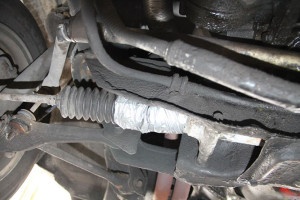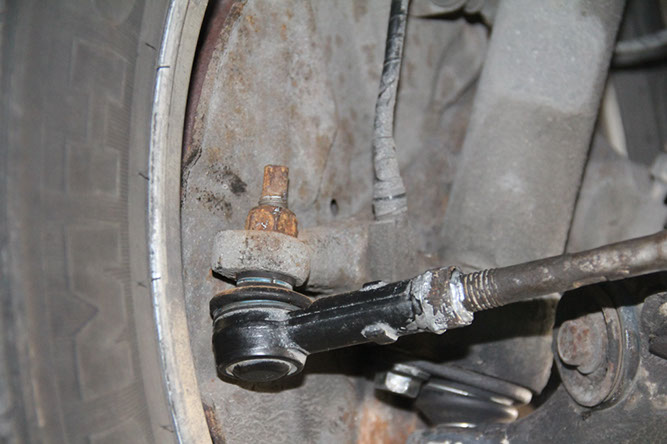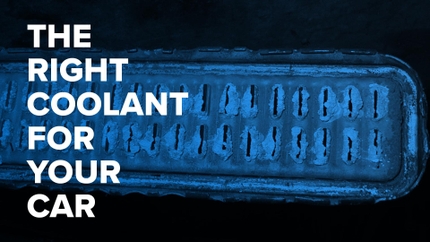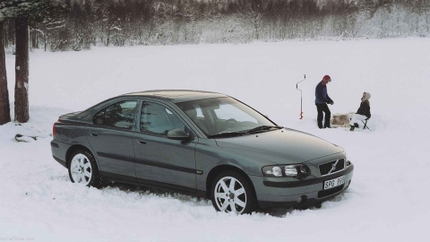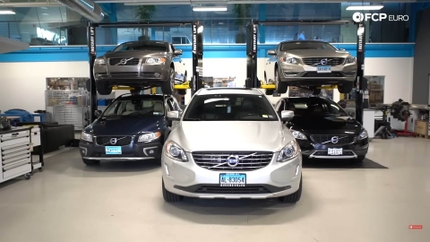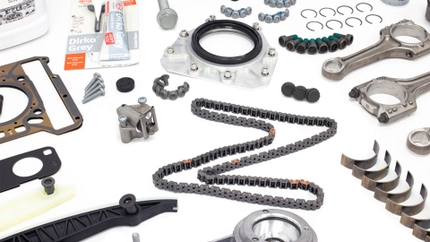Suppose you wanted to cook yourself a burger. It would make sense to go to the grocery store, buy all your ingredients that you need, then bring them home ready to cook and sit down to watch latest F1 race in Montreal.
Now, suppose for one reason or another you had to buy each ingredient separately. Maybe you only bought meat from the meat market, your veggies from the Sunday farmers market, and your bread from the bakery down the street. Then when you brought it all back, all your knives disappeared so you could only cook your patties. When you managed to find your knives in the laundry machine because your kid thought it was the dishwasher, you can finally cut up your veggies for the toppings. You’re almost ready for the perfect burger but then the toaster suddenly stops working, so you can’t toast your bun. But never mind you say, you can toast them in the oven. When you’ve finally put together your perfect burger you can finally sit down in front of the TV but…a storm just rolled in and cut your power.
There are parts ready to fail
You see, this is exactly how I feel at times with my Volvo. As I wrote about before, modern cars are generally not designed to last longer than 150,000 miles. Beyond that distance, its anyone’s guess as to what will fail next. With my Volvo 940 just cresting 250,000 miles there are parts sitting on the cliff, ready to fail.
This brings me right to my point. When a part on your car fails, seriously consider replacing the entire system as opposed to that individual part because problems can and will travel down the system to the next weakest part. Case in point: My steering system.
Back in the day when I was first learning to wrench on my car, I needed a new steering rack. I had flushed the fluid more than enough times, and my power steering felt like it was cutting in and out. The day I got my new steering rack (which was a used one pulled from a junker) I installed an inline power steering fluid filter to keep my relatively new rack in good working order.
On a whim some months later, I decided I needed new outer tie rods. Under the car I went, and in went the new tie rods. To my surprise, my old Volvo actually had steering feel. I could tell exactly where the center of the steering point was, a feeling I thought did not exist on old Volvo’s. Additionally, a front end clunk I had been experiencing disappeared.
Not long after, the steering became sloppy again, and the front end clunk reappeared. Only last week, I jacked up my car to find that my front wheel had quite a bit of movement when twisting the wheel with my hands. I’ll admit, I saw this one coming, but I didn’t think it would happen so soon.
Sure, I need to replace my inner tie rods, but let’s rewind and see what would have happened if I replaced systems of components as opposed to individual parts.
Including my impending replacement, I would have re-installed the outer tie rods four times
Right when I got my new steering rack, I could have ordered a set of inner and outer tie rods and installed them right there and then. If I thought about it during my replacement of the outer tie rods, it would have been a simple job of pulling them all out, and putting the new ones in. As it stands, I need to pull apart the outer tie rods again, install the new inner tie rods, then put everything back together. Including my impending replacement, I would have installed the outer tie rods four times (including the time I replaced the steering rack bellows).
The moral of the story? When a component in a system fails, by replacing that individual part, you’re not fixing the problem, you’re just delaying the inevitable. This is especially true for older, high mileage cars. But before you go and order a new engine because you’re changing the spark plugs, always think reasonably taking age, and mileage into account. For example, while replacing my timing belt at 245k miles, I replaced every single pulley and seal that I could because they had never been changed before. Rules of thumb will vary among people you talk to so it is hard to give a general figure. But keep in mind, if you’re ever wondering what else you may have to consider replacing, you can always call FCP Euro customer service and they’ll be more than happy to help.

